If you have spoken with a Fort Worth based real estate agent since emerging from the pandemic, they likely shared how busy they are. That comes as no surprise. Afterall, Fort Worth has a lot going for it. Our population growth topped us out as the 12th largest city in America in the recent census, interest rates remain at generational lows, our housing inventory currently sits between one to two month’s supply applying upward pressure on sales prices and rental rates, and businesses continue to relocate and emerge within our dynamic city that now contains fresh new faces on our recently elected city council.
As a commercial real estate broker and zoning commissioner I can attest, so too is our commercial real estate market bustling, albeit, with the somewhat limited inventory of what is available depending upon the sector. It has been fascinating to watch as multiple offers descend not only upon our single-family housing stock, but also our multifamily and industrial cash-flowing investment sale opportunities, unique urban infill sites, and vacant buildings awaiting a pioneering “redeveloper” to reposition a diamond in the rough within our historic districts.
The development community is in full tilt as the need for more housing reaches alarming rates with housing stock shortages and distribution/logistics facilities providing for on-line orders, production, and storage needs of modern-day life. As developers continue to press the envelope, a couple trends have emerged from our commercial market.
First, is detached multi-family. 2021 has seen almost a dozen zoning requests for dense multifamily in our rural areas. Not for the four to five story in-fill projects on a postage stamp those in the central city are used to seeing, but ones containing one to two story properties stretched out among thirty to forty acres. As opposed to a subdivision with individual parcels of land for each house, these developments are built on a single-platted lot, thus allowing the developer to fit more units and make more use of the land. It’s a unique solution for those tenants or owners wanting the independence of a freestanding home without the maintenance of a full yard.
Second, is somewhat a trend in preservation. And not historic preservation, that’s a topic near and dear to my heart and for another day! But a trend in commercially zoned land preservation. I will not soon forget the headline questioning if Fort Worth was becoming a suburb of Dallas as our residential tax base exceeds our commercial. One of the findings of Fort Worth’s 2017 Economic Development Strategic Plan, containing almost 500 pages of fact-filled fun, was that Fort Worth needed to be mindful of preserving our commercially zoned property as our demand for residential housing grows. For the city to afford our aging infrastructure and service demands we need to remain mindful of preserving our commercial and industrial tracts that fill our City’s coffers many more times over than residentially zoned property. All in all, we continue to be blessed by living in Cowtown. It’s changing at a rapid clip and I’m excited about what the future it holds.
—Will Northern





